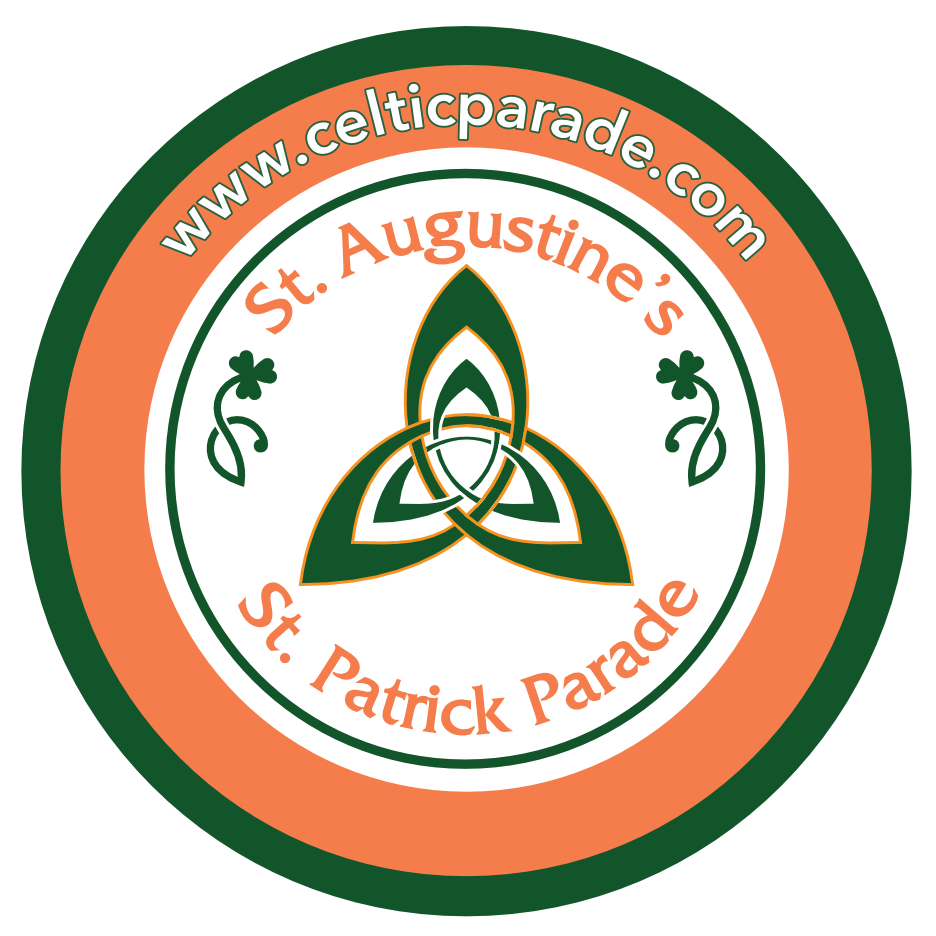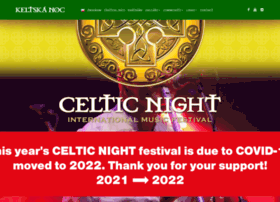


Art drew on decorative styles associated with the ancient Celts and with early medieval Celtic Christianity, along with folk-styles. Music typically drew on folk traditions within the Celtic nations, and instruments such as Celtic harp.

The Celtic revival also led to the emergence of musical and artistic styles identified as Celtic. After World War II, the focus of the Celticity movement shifted to linguistic revival and protectionism, e.g. The concept of modern Celtic identity evolved during the course of the 19th-century into the Celtic Revival and the growth of Celtic nations. There are spoken word events, original dramas, and competitions in written literature. There are both local mods and an annual national Mòd, the Royal National Mòd, which take the form of formal competitions, with choral events and traditional music including fiddle, bagpipe and folk groups. Comparable to the eisteddfod but without the ancient roots, the Mòd is a festival of Scottish Gaelic song, arts and culture. The present-day format owes much to an eighteenth-century revival arising out of a number of informal eisteddfodau. Other ancient festivals include the eisteddfod, which is a Welsh festival of literature, music and performance dating back to at least the 12th century. Today the Feis has experienced something of a rebirth, both for ethnic Gaels and for enthusiasts of the Gaelic culture in Ireland and Scotland, and worldwide. In Ancient Ireland communities placed great importance on local festivals, where Gaels could come together in song, dance, music, theatre and sport. A feis (plural feiseannan) is a traditional Gaelic arts and culture festival, currently used referring to Irish dance competitions. There are several specific and often ancient types of Celtic festivals.


 0 kommentar(er)
0 kommentar(er)
